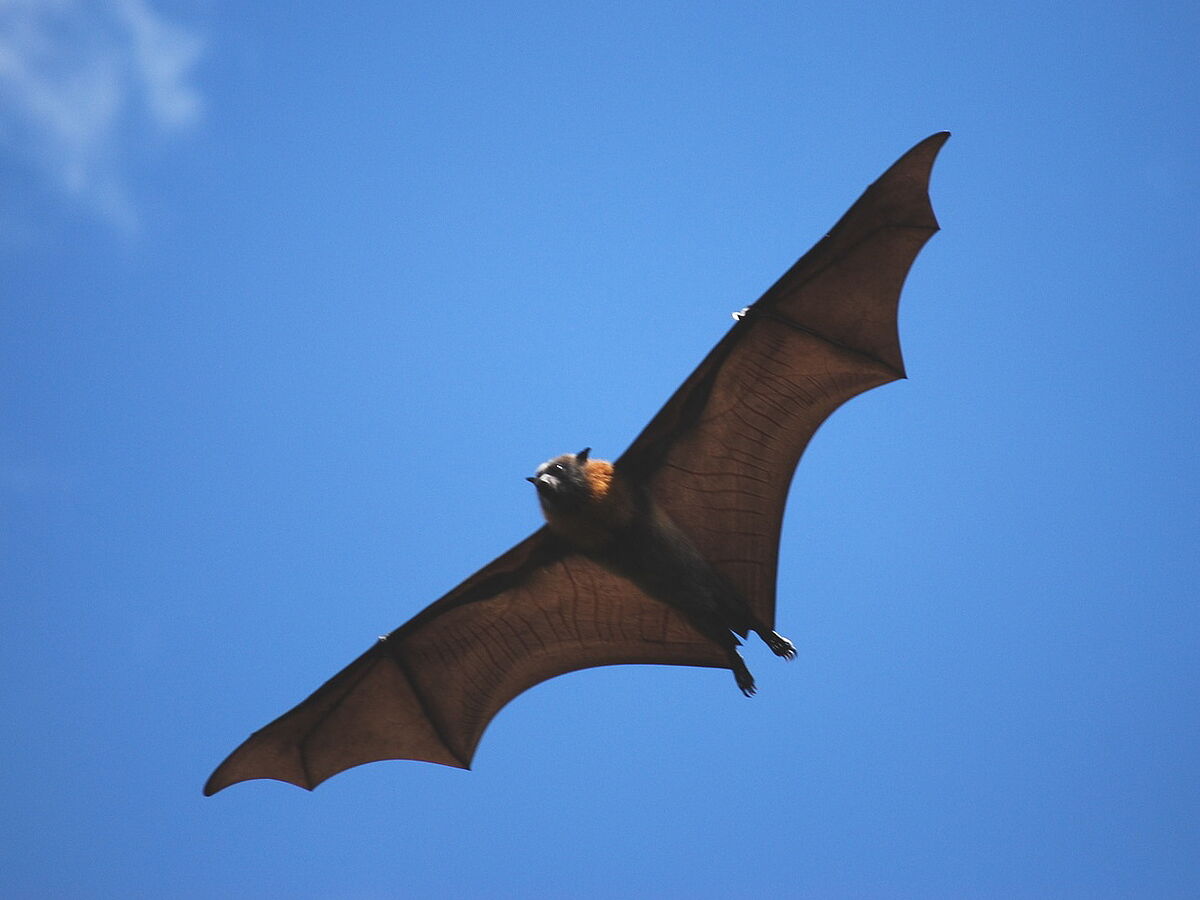Researchers of the German Leibniz Institute for Zoo and Wildlife Research (IZW) have found which mechanisms are responsible that elephants have the longest pregnancy in the world. With up to 680 days their pregnancy is longer than in any other mammal studied so far.
Elephants only give birth to one cub. A newborn calf weighs in relation to the mother who brings about 3 tons on the scales, just 100 kg. This corresponds to approximately 3 - 4% of the weight of an adult elephant. Why is the gestation so enormously long, and how is it maintained in the elephant cow over a nearly two-year period?
In the current issue of the scientific journal "Proceedings of the Royal Society B", researchers of the IZW use ultrasound and hormone measurements in trained pregnant elephant cows to show that prior to each ovulation (rupture of the mature follicle) the corpora lutea auxiliaria are already created in the ovary. The corpus luteum produces gestagens which are important for maintaining a pregnancy. Usually, the corpus luteum arises when ovulation has occurred.
Elephant cows have only one ovulating follicles per cycle but still show up to 12 of these corpora lutea. The corpora lutea auxiliaria are developed due to additional release of the luteinizing hormone (LH-Peak), which leads to the transformation of follicles to corpora lutea, without having an ovulation. A second LH peak releases ca. 20 days later an ovulation. This mechanism makes it possible for elephant cows to produce enough gestagens such as progesterone and its metabolites to maintain a long pregnancy. The set consisting of one ovulatory corpus luteum that occurs after the second LH peak, and up to 11 additional corpora lutea auxiliaria, remains constant in size and blood flow until the end of pregnancy. Because the placenta does not produce any steroid hormones, it can be assumed from the ultrasound results that the formation of multiple corpora lutea is the main source of gestagens.
Elephants are considered to be highly developed animals with complex social structures. They are our largest land mammals with a longevity of up to 65 years. The long gestation could be the result of several factors. The transport of nutrients across the placenta and a slow metabolism are relevant for the rate of fetal development. Most significant for the long gestation period, however, appears to be the development of the brain. Elephant calves are born as fully developed young and can immediately use their trunks. Very young calves are therefore able to immediately move with the herd. These skills may require a long intrauterine development and thus may be responsible for a sophisticated and – compared with previously studied mammals – unique mechanism to maintain a pregnancy.
Publication:
Lueders I, Niemueller C, Rich P, Gray C, Hermes R, Goeritz F, Hildebrandt TB (2012): Gestating for 22 months: luteal development and pregnancy maintenance in elephants. PROC R SOC B, doi: 10.1098/rspb.2012.1038.
Contact:
| Steven Seet, 0049 30 5168 108, seetizw-berlin.de Presse- und Öffentlichkeitsarbeit Leibniz-Institute for Zoo and Wildlife Research (IZW) im Forschungsverbund Berlin e.V. Alfred-Kowalke-Str. 17, 10315 Berlin |


